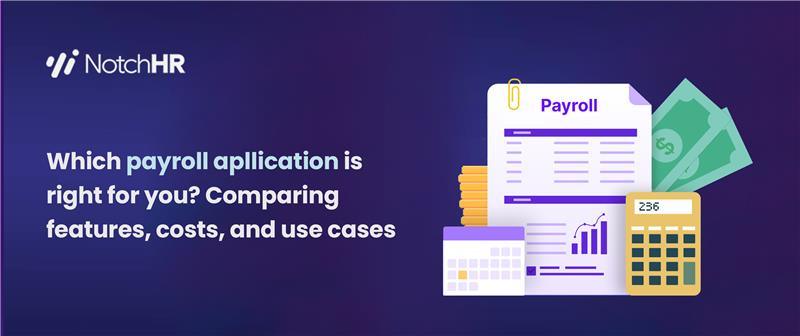Providing a great employee onboarding experience is more important than ever. Today’s fast-paced business environment requires companies to go beyond paperwork and create meaningful onboarding processes. A well-structured onboarding process ensures new hires feel welcome. It also sets them up for long-term success. Moreover, refining your onboarding best practices gives your company a competitive edge by boosting engagement, reducing turnover, and enhancing productivity.
This guide will show you how to create an effective onboarding process that resonates with modern workforces.
Why Employee Onboarding Process Matters
Effective employee onboarding isn’t just about paperwork. Instead, it’s a comprehensive process that helps new hires adapt and succeed. A well-structured onboarding program improves retention by 82% and productivity by over 70%, according to Harvard Business Review. Businesses need to rethink their onboarding best practices to adapt to remote and hybrid work models. By doing so, companies can meet evolving expectations and stay ahead of the curve.

Step-by-Step Guide to Effective Onboarding Process
1. Start with Pre-Onboarding
Pre-onboarding begins before the employee’s first day. It’s the phase where you create a smooth transition for your new hires by setting the right tone.
- Send a Welcome Package: Make new hires feel valued. Include company merchandise, documents, and a personal letter from leadership.
- Assign a Contact Person: Ensure the new hire has someone to reach out to with any questions before their start date.
- Prepare Tools and Systems: Set up all required tools and systems in advance to avoid any first-day frustrations.
Addressing these pre-onboarding needs reduces anxiety and helps create a seamless entry into your organisation.
2. Design an Engaging First Day
The first day can be nerve-wracking for new employees. Therefore, creating an engaging and welcoming environment is essential.
- Warm Welcome and Orientation: Greet new hires with a well-planned welcome session. Introduce them to the team and explain the company’s culture and values.
- Clear Schedule: Provide an organised schedule for the day. Include meetings, systems training, and some time to settle in.
- Set Expectations: Right from the start, explain job responsibilities and performance goals. This helps employees know exactly what’s expected.
A positive first day builds excitement and comfort, reducing first-day jitters.
3. Foster Early Connections with Mentorship
Relationships play a key role in effective employee onboarding. Assigning a mentor helps new hires navigate their role and understand company culture.
- Mentorship Program: Pair each new hire with a mentor. This person can guide them through their first weeks and provide ongoing support.
- Team Integration: Offer opportunities for new hires to bond with their team through virtual or in-person events and team-building activities.
Building early connections boosts engagement and helps new employees feel more integrated.
4. Provide Ongoing Training and Development
Employee onboarding isn’t just a one-week process. It’s a continuous journey where new hires need ongoing training and development to thrive.
- Tailored Training: Offer training plans specific to the new hire’s role. Focus on job-related skills, tools, and developmental programs.
- E-Learning Options: Provide flexible online learning modules that employees can access at their own pace.
- Regular Check-Ins: Schedule regular check-ins with managers to track progress, provide feedback, and address challenges.
Ongoing development shows your company’s commitment to employee growth, which is essential for long-term retention.
5. Align Employees with Company Culture
One of the most important onboarding best practices is ensuring that new employees align with your company’s culture. A strong cultural fit boosts loyalty and reduces turnover.
- Communicate Core Values: Use onboarding to emphasise the company’s mission, vision, and values.
- Encourage Engagement: Get new hires involved in company initiatives like volunteering, wellness programs, or social events.
- Cultural Training: Offer workshops or modules on workplace culture, diversity, and inclusion.
By aligning new employees with the company culture early, you foster a sense of belonging and shared purpose.
6. Gather Feedback and Continuously Improve
Effective employee onboarding is dynamic. It should evolve based on feedback from new hires and current trends.
- Onboarding Surveys: Send surveys at key stages (e.g., after the first week, month, and 90 days). Gather insights to understand the new hire’s experience.
- Manager Feedback: Encourage managers to offer feedback on how the onboarding process can be improved.
- Continuous Improvement: Use the feedback to adjust the onboarding experience. Focus on enhancing training programs and pacing the delivery of information.
Regular feedback shows you value employee experience and are committed to continuous improvement.
Onboarding Best Practices for 2025
As we move into 2025, it’s critical for companies to adapt their employee onboarding process to a digital-first world. Here are some essential updates:
- Virtual Onboarding: Offer virtual onboarding that is just as engaging as in-person experiences. Include video calls, virtual tours, and online training.
- Personalisation: Customise onboarding based on each new hire’s role, department, and learning style.
- Inclusivity: Ensure your onboarding program promotes diversity and inclusion. Offer equal access to resources and training for all employees.
Incorporating these onboarding best practices will help your organisation stay competitive by attracting and retaining top talent.
Conclusion
An effective employee onboarding experience is critical for setting new hires up for success. By incorporating pre-onboarding communication, engaging first-day experiences, mentorship, ongoing training, and cultural alignment, you create a process that drives engagement, retention, and productivity. Prioritising these onboarding best practices will give your organisation a competitive advantage. This ensures that your employees feel valued, supported, and ready to make an impact. To better effect this, visit NotchHR.io



